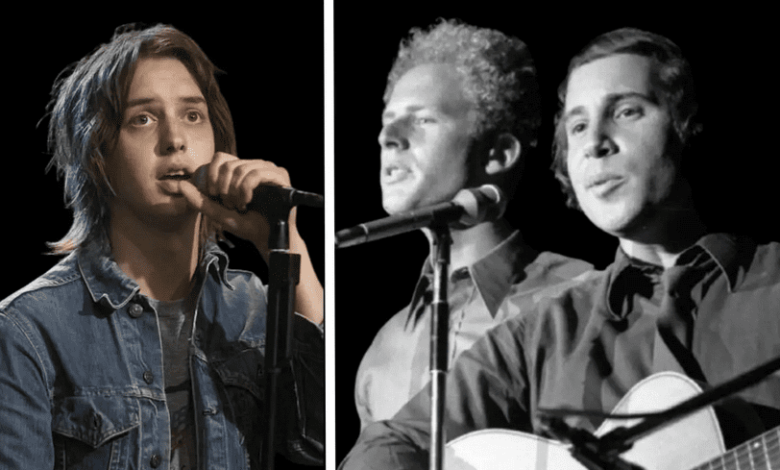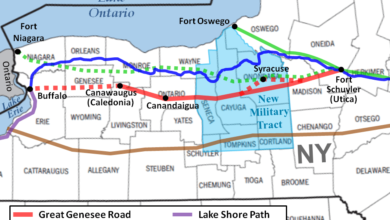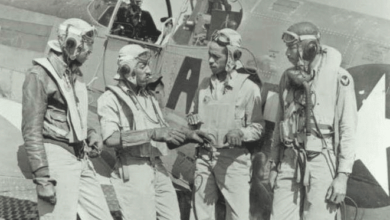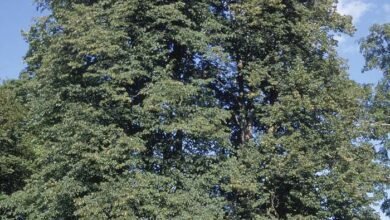Two Songs Document Change Bleecker and Ludlow Streets


 When writing about a specific place at a specific time, one manages to preserve that specific time in the art they create, whether they mean to or not. In the case of “Bleecker Street” and “Ludlow St.,” the time and place in which these songs were written are so strongly connected that if you were to visit these streets today, you may not recognize them.
When writing about a specific place at a specific time, one manages to preserve that specific time in the art they create, whether they mean to or not. In the case of “Bleecker Street” and “Ludlow St.,” the time and place in which these songs were written are so strongly connected that if you were to visit these streets today, you may not recognize them.
“Bleecker Street” by Simon and Garfunkel and “Ludlow St.” by Julian Casablancas – although 45 years separate these two songs, they share a strikingly pessimistic view, albeit in very different capacities; while “Bleecker Street” focuses on the situation in 1964, “Ludlow St.” views the change occurring in the area and what has changed over time.
By examining these two songs, we can see how the area looked and was regarded in 1964, and what has changed as of 2009.
Bleecker Street and Ludlow Street are less than a third of a mile away from each other and each has a distinct historical and cultural make-up. Bleecker Street, in Greenwich Village, and Ludlow Street, on the Lower East Side, each served as a kind of haven for artists and free-thinkers for much of the late 1900s.
Bob Dylan, Alan Ginsberg, Paul Newman, Joan Baez, Edward Hopper, Simon and Garfunkel, and more all lived in and frequented the various venues in the Village in the 1960s. Lou Reed, John Cale, and Sterling Morrison of the Velvet Underground lived on Ludlow Street. Yet, artists did not always find sympathetic faces there.
A Brief History of the Streets
500 years ago, Bleecker and Ludlow Streets were each on land inhabited by the Lenape. In 1609, Henry Hudson first explored the area and in 1624 Fort Amsterdam was established. The Dutch then expanded to control most of Lower Manhattan and in 1674 the area was relinquished to the British.
In the late 1700s, the land that is today Greenwich Village was bought by Anthony Lispenard Bleecker, one of the richest men in New York at the time. Around the same time in the mid-1700s, James DeLancey built a massive estate on the area that is now Ludlow Street. This land was sold around 1780. The estate was then demolished and urban housing was subsequently built.
In both cases, this is the first time the area began to resemble a city. By the mid-1800s, boarding houses and tenement buildings for the growing immigrant populations became the main fixture on each street.
Fast forward to the 1950s, and the area was beginning to be known as a type of bohemia that was abundant with artists and creatives of all kinds. Alan Ginsburg, Jack Kerouac, William S. Burroughs, and the rest of the Beats arrived in the ’40s and ’50s.
At the same time, Jazz music began to thrive in the local clubs, and soon a second wave of musicians came to the area in the early 1960s.
Read more about the history, music, and culture of Ludlow and Bleecker Streets and how its changed in a story by Carl Granfelt at our arts and culture reporting partner NYS Music.
NYS Music is New York State’s Music News Source, offering daily music reviews, news, interviews, video, exclusive premieres and the latest on events throughout New York State and surrounding areas. Subscribe to their newsletter here.
Illustration: Julian Casablancas and Simon and Garfunkel.
Source link





